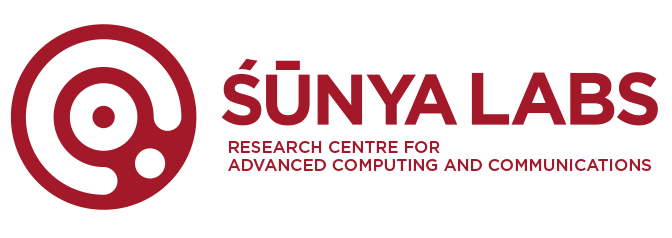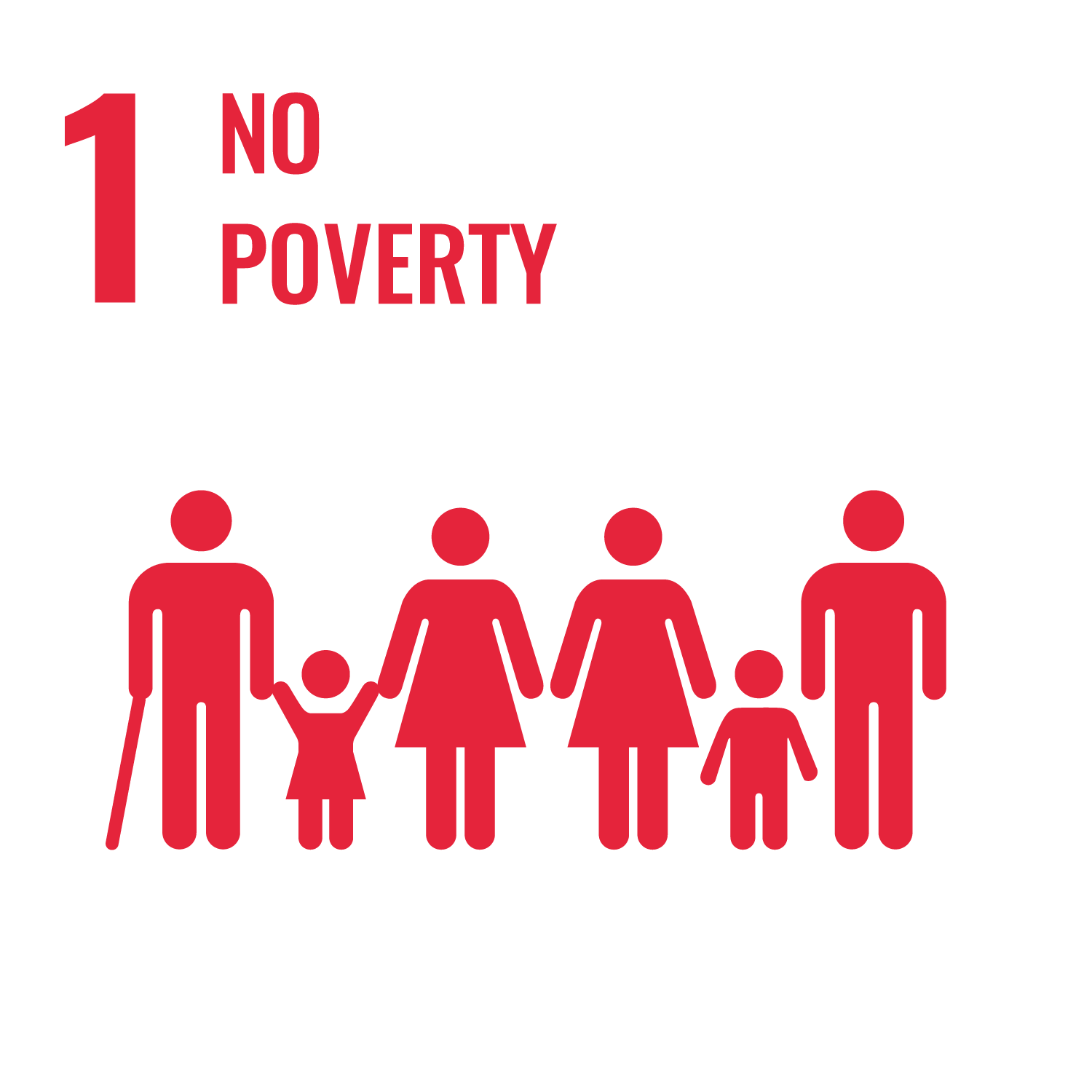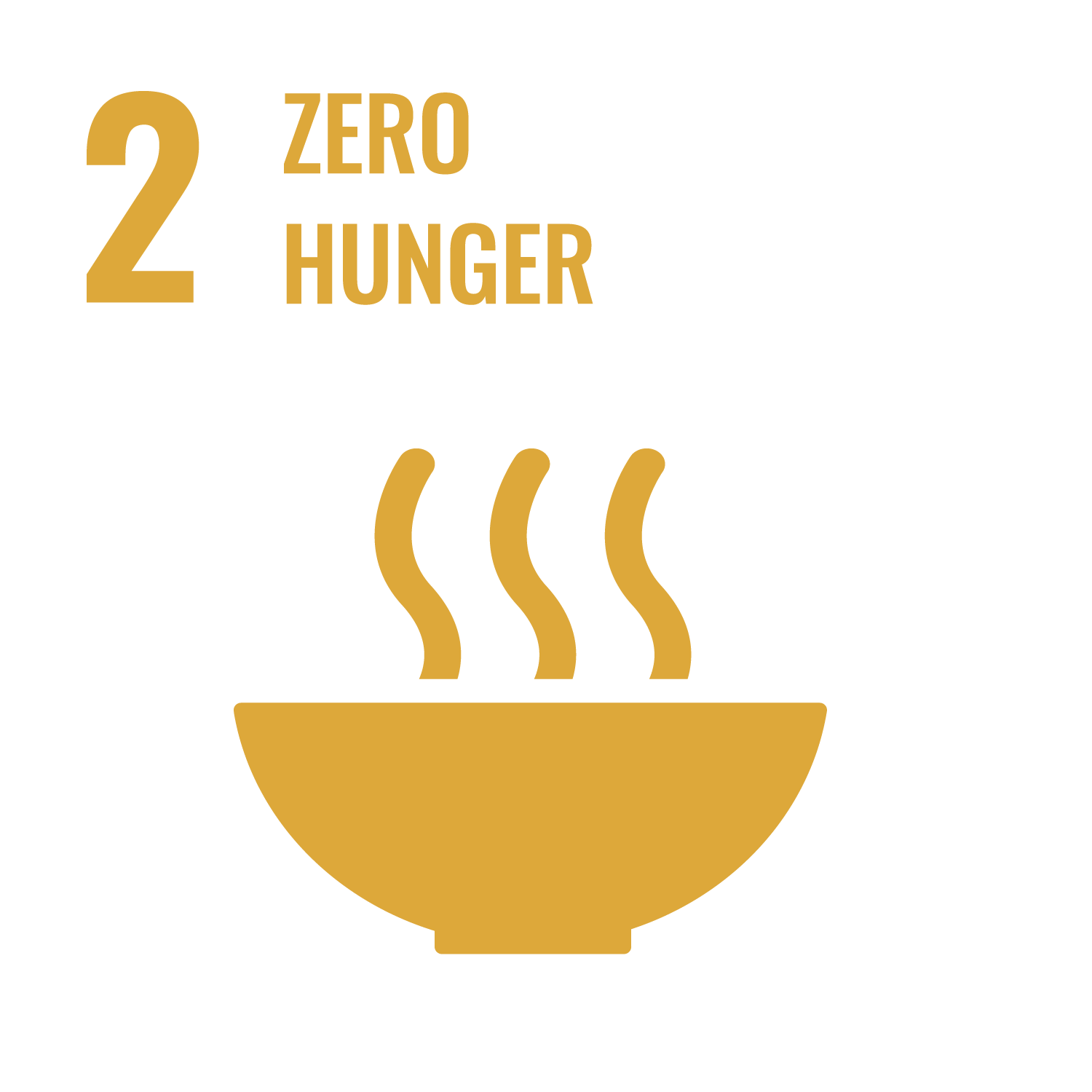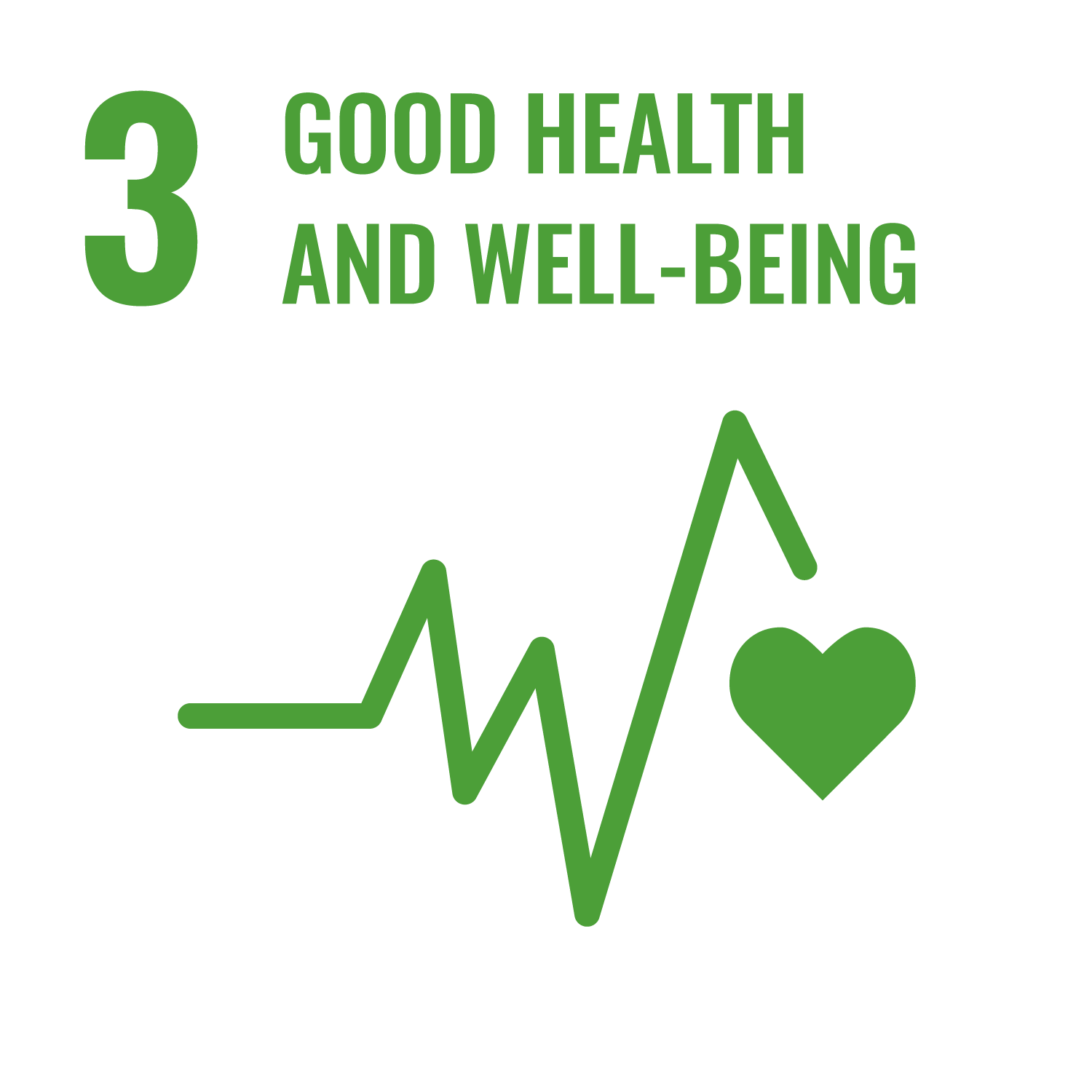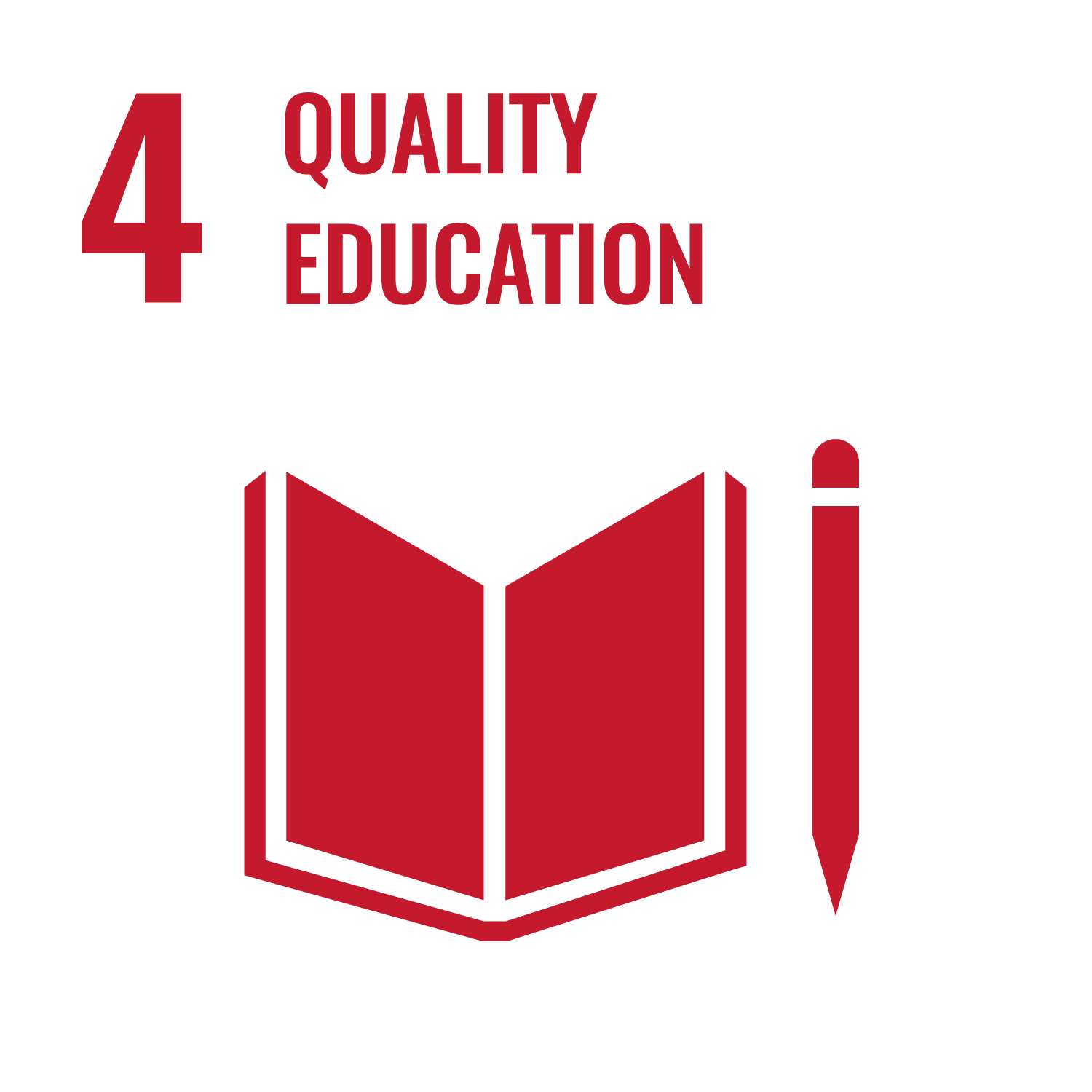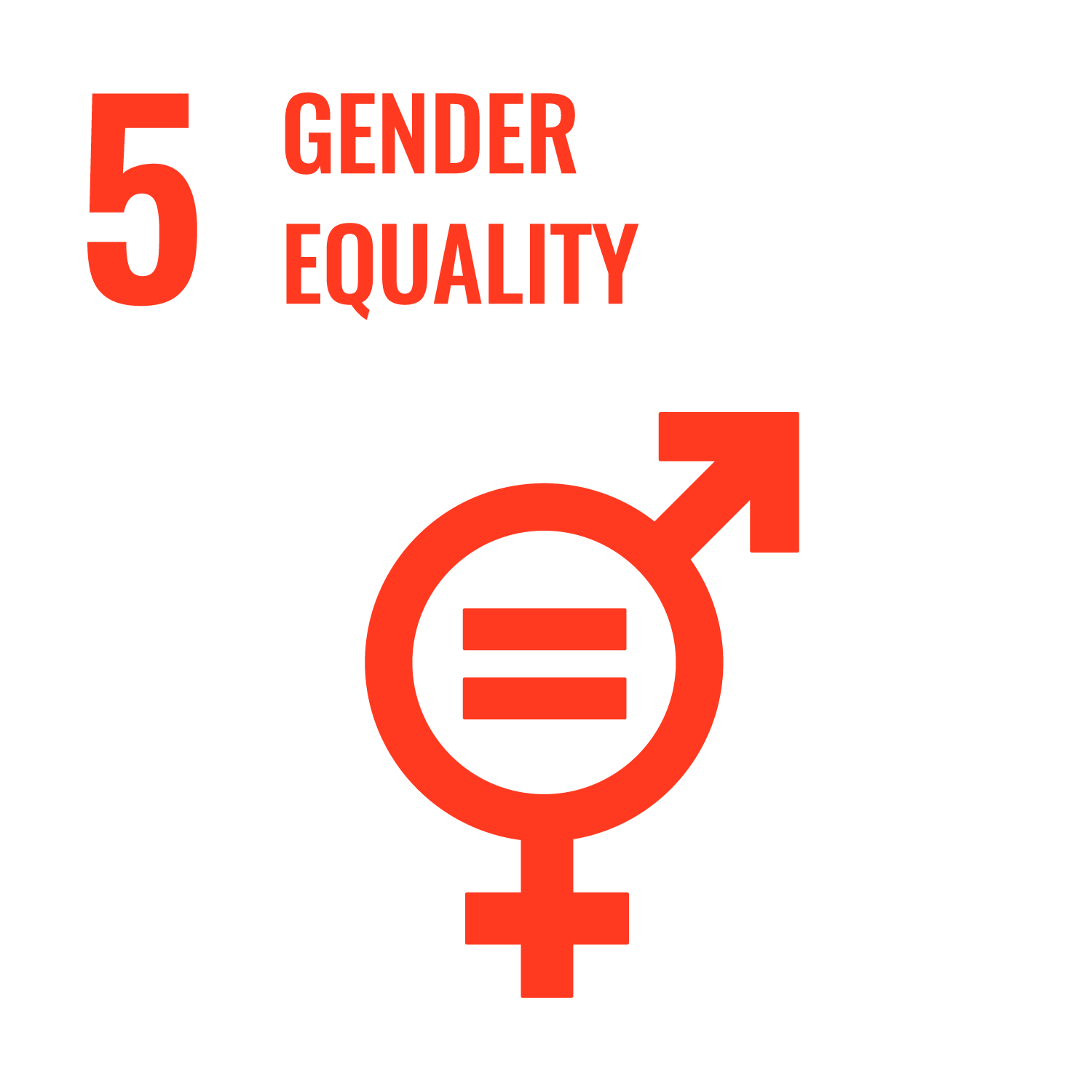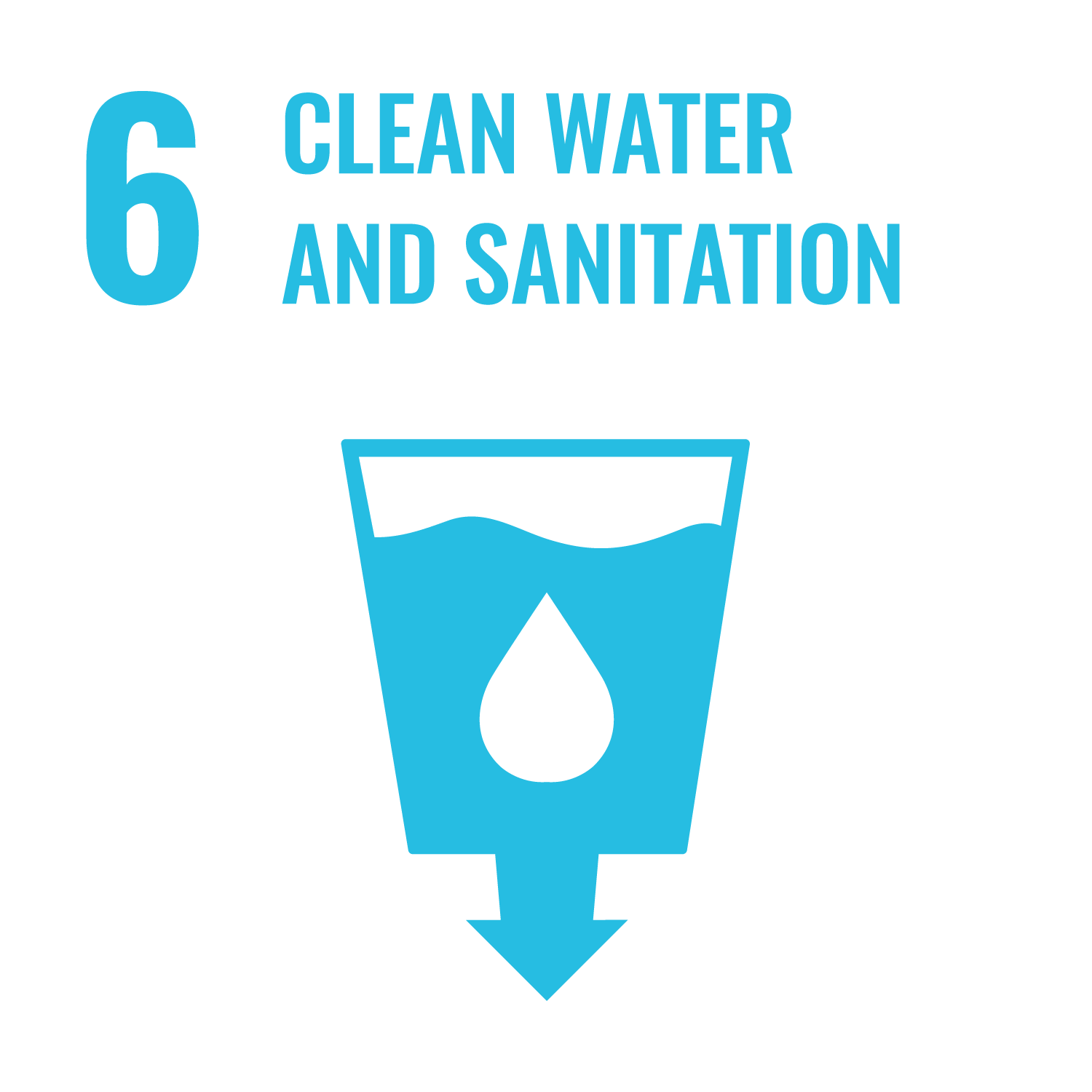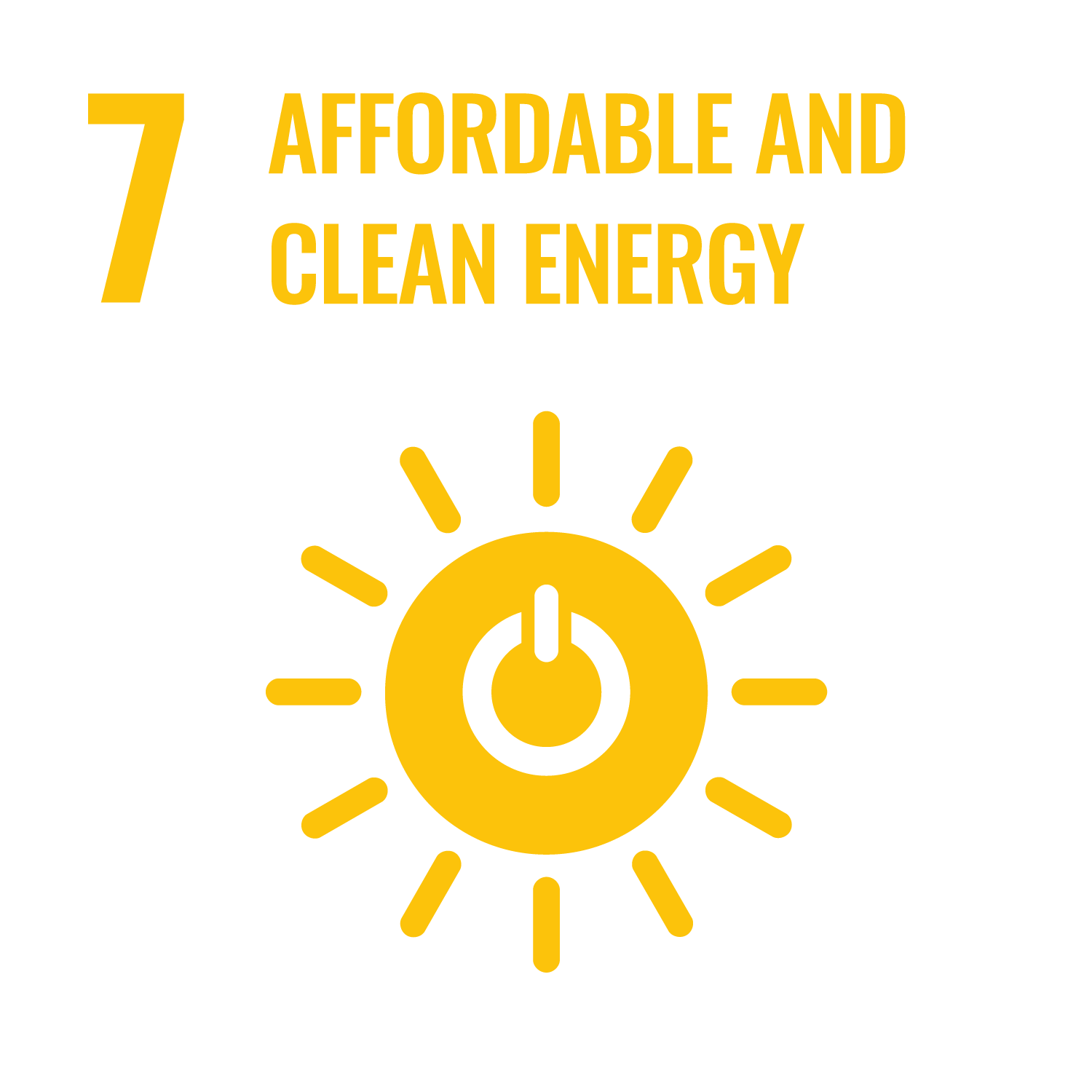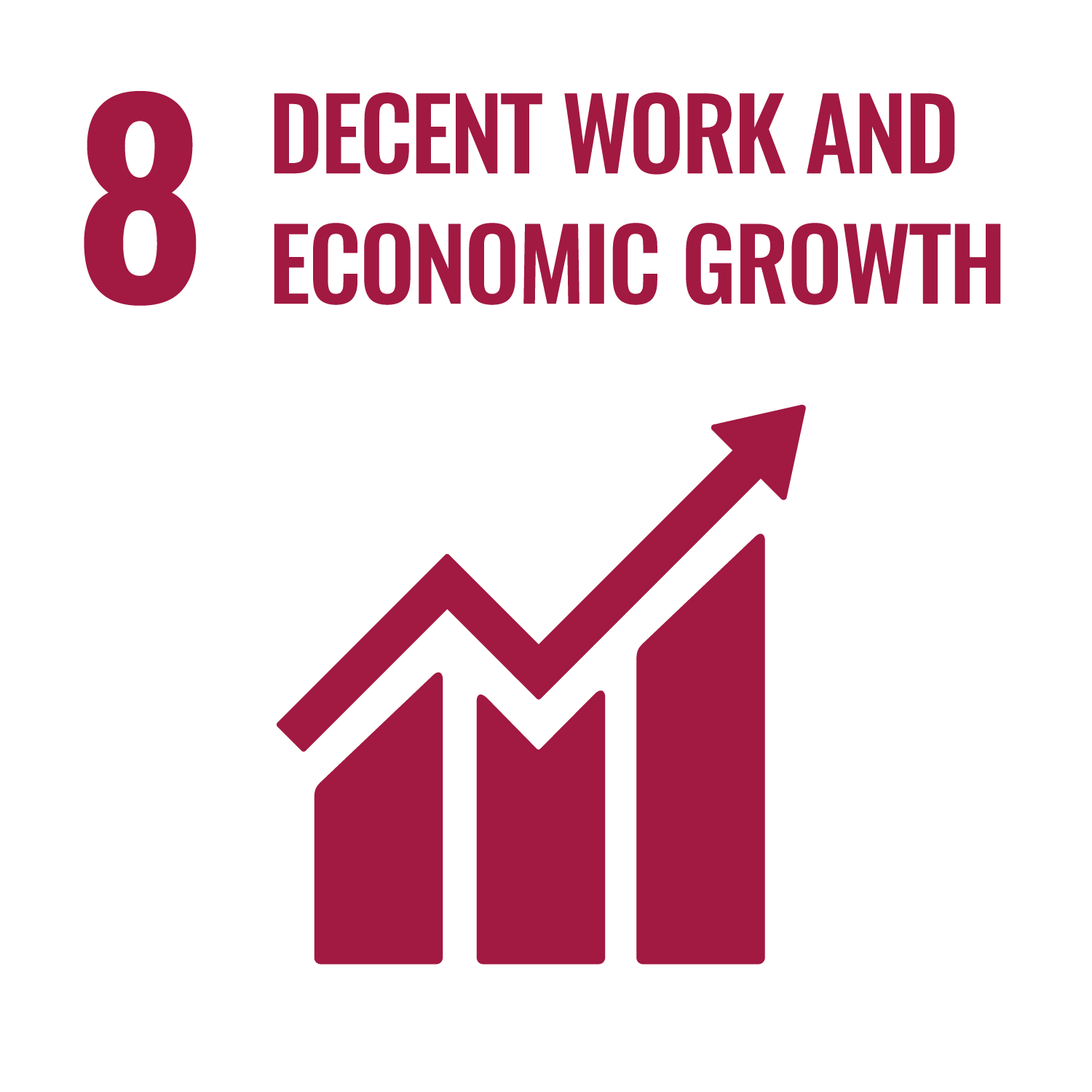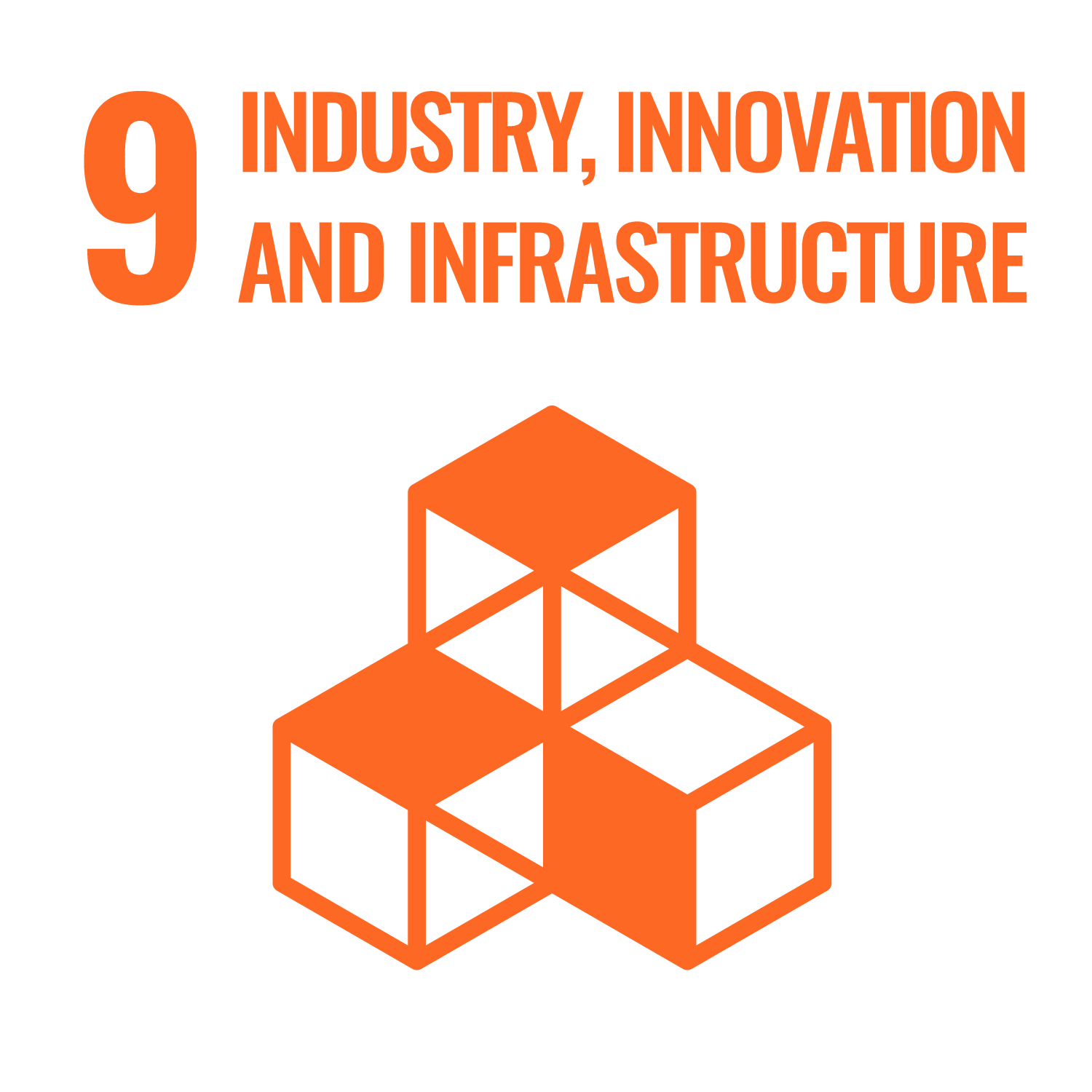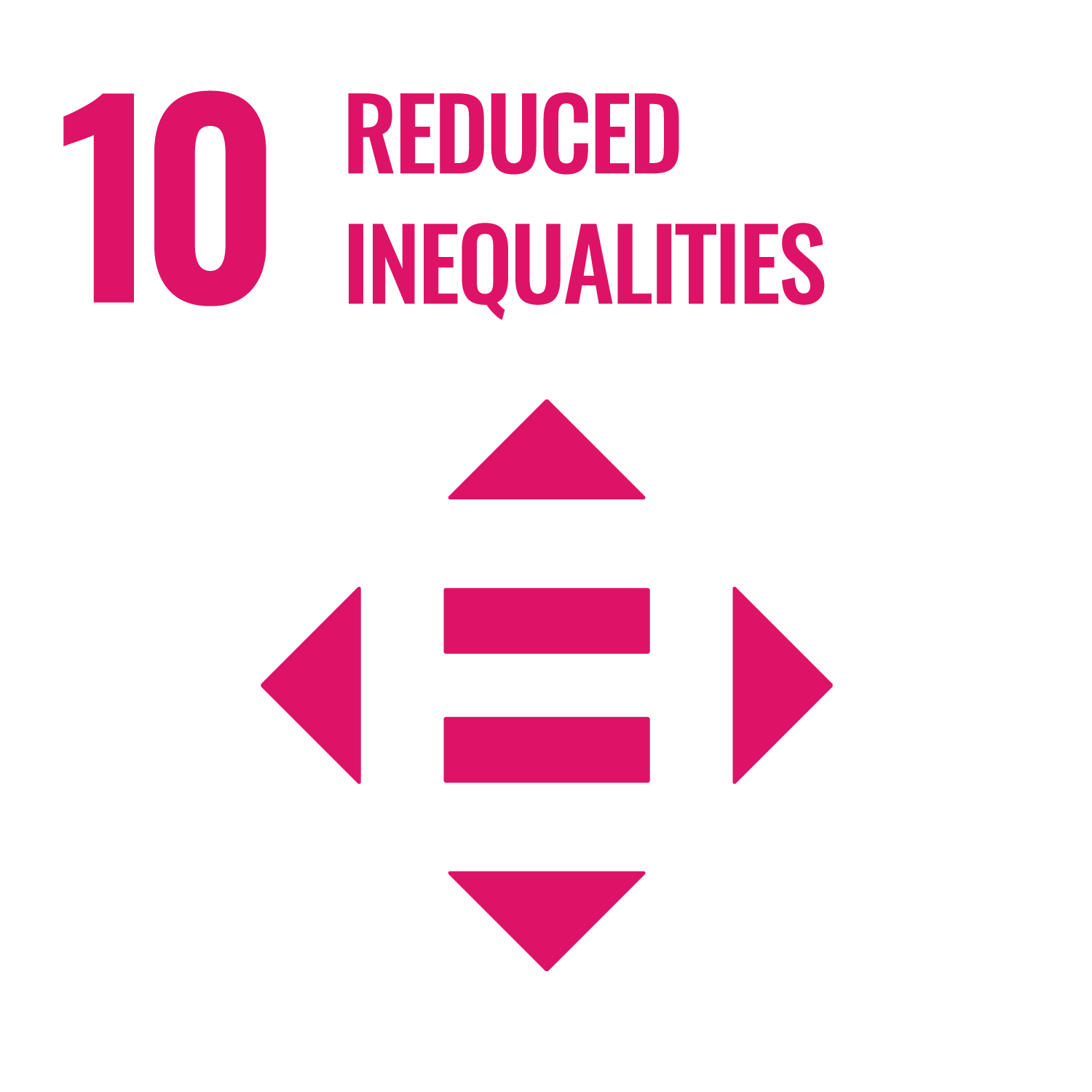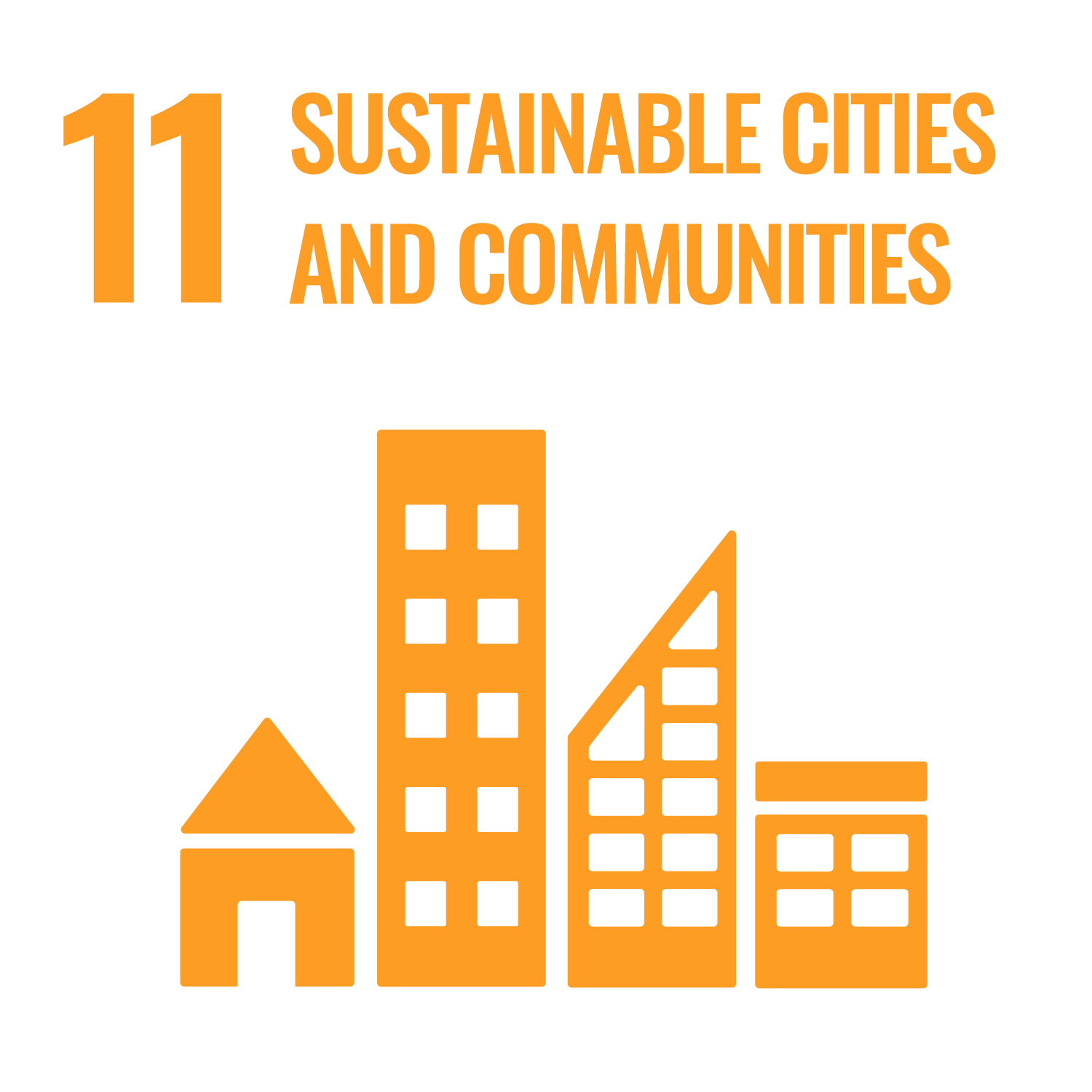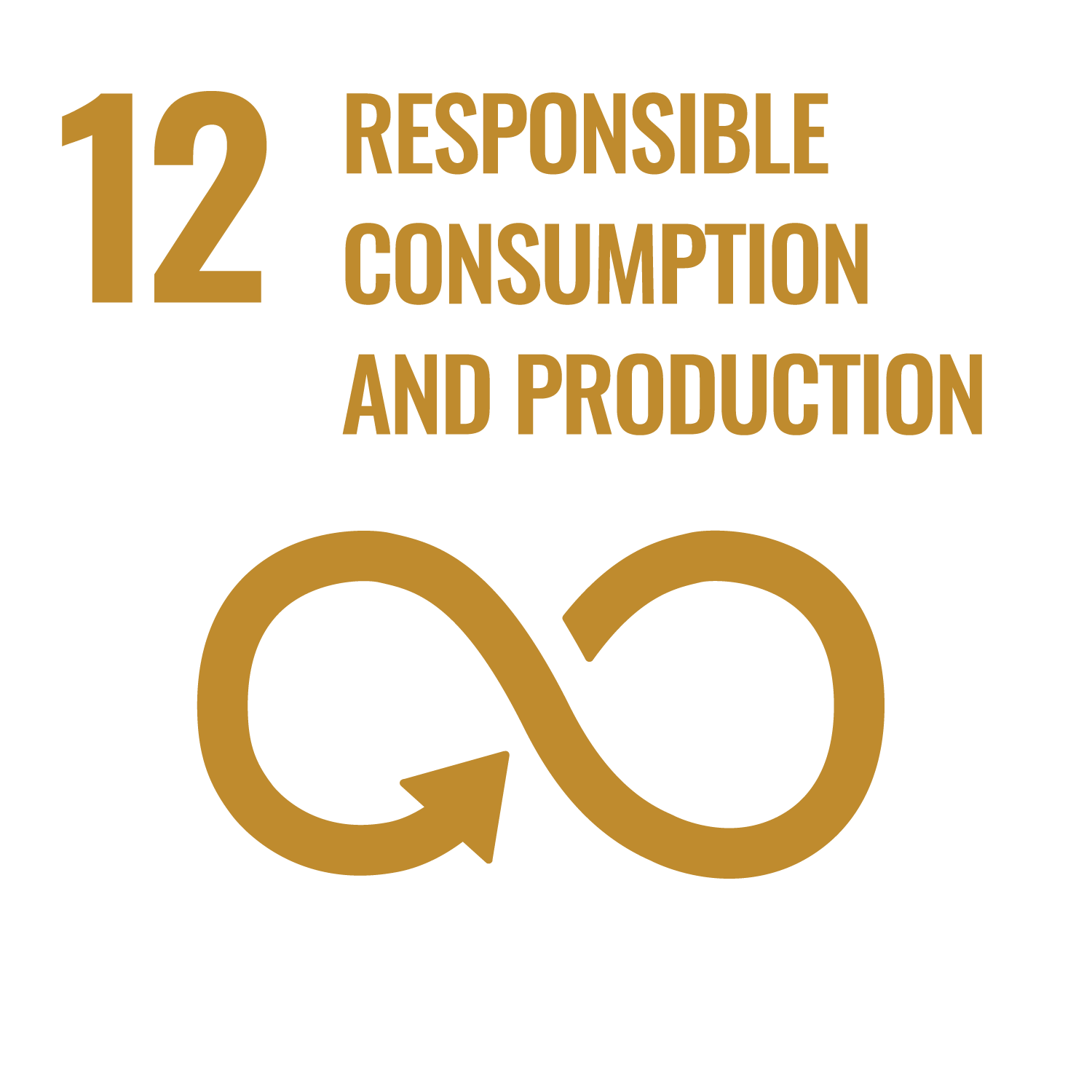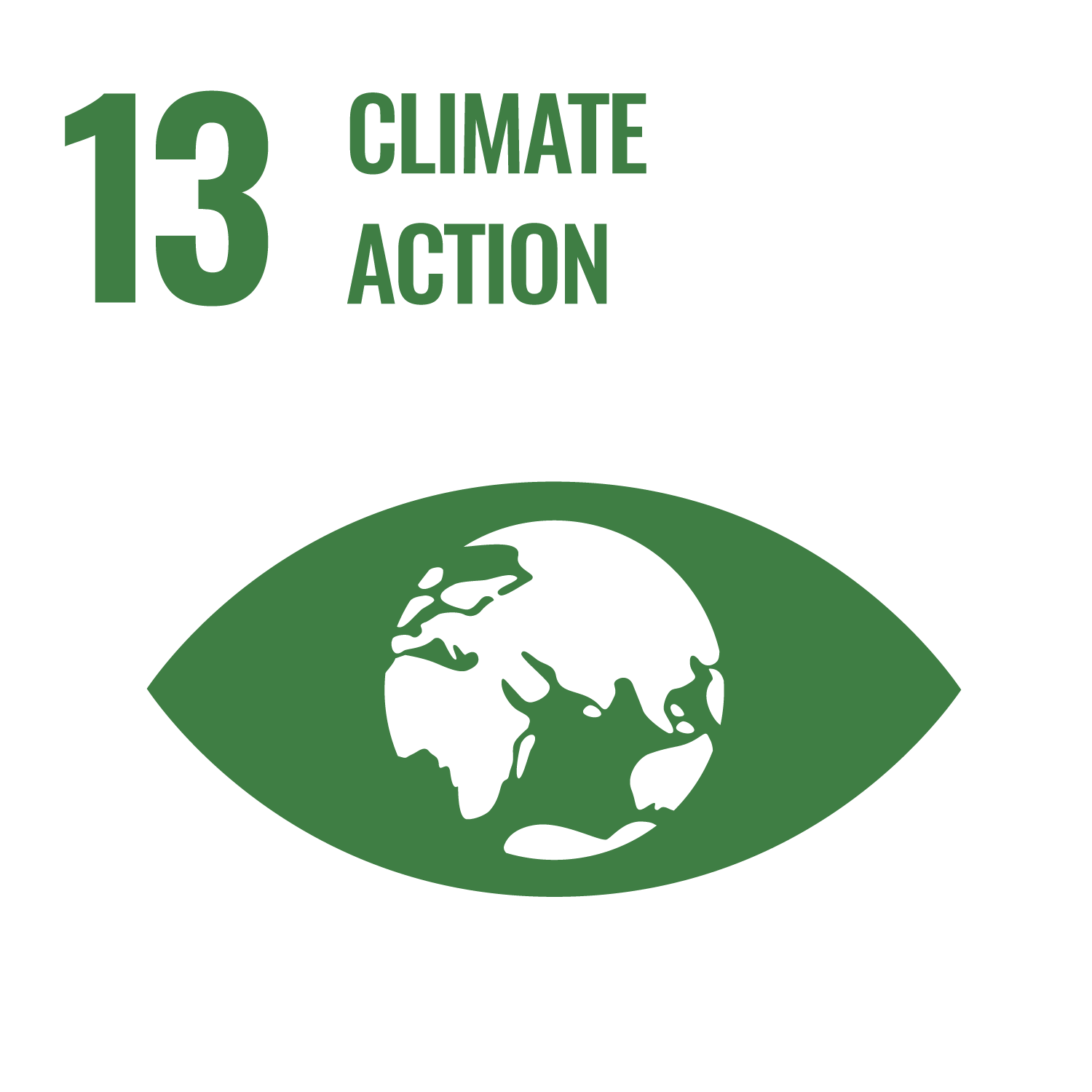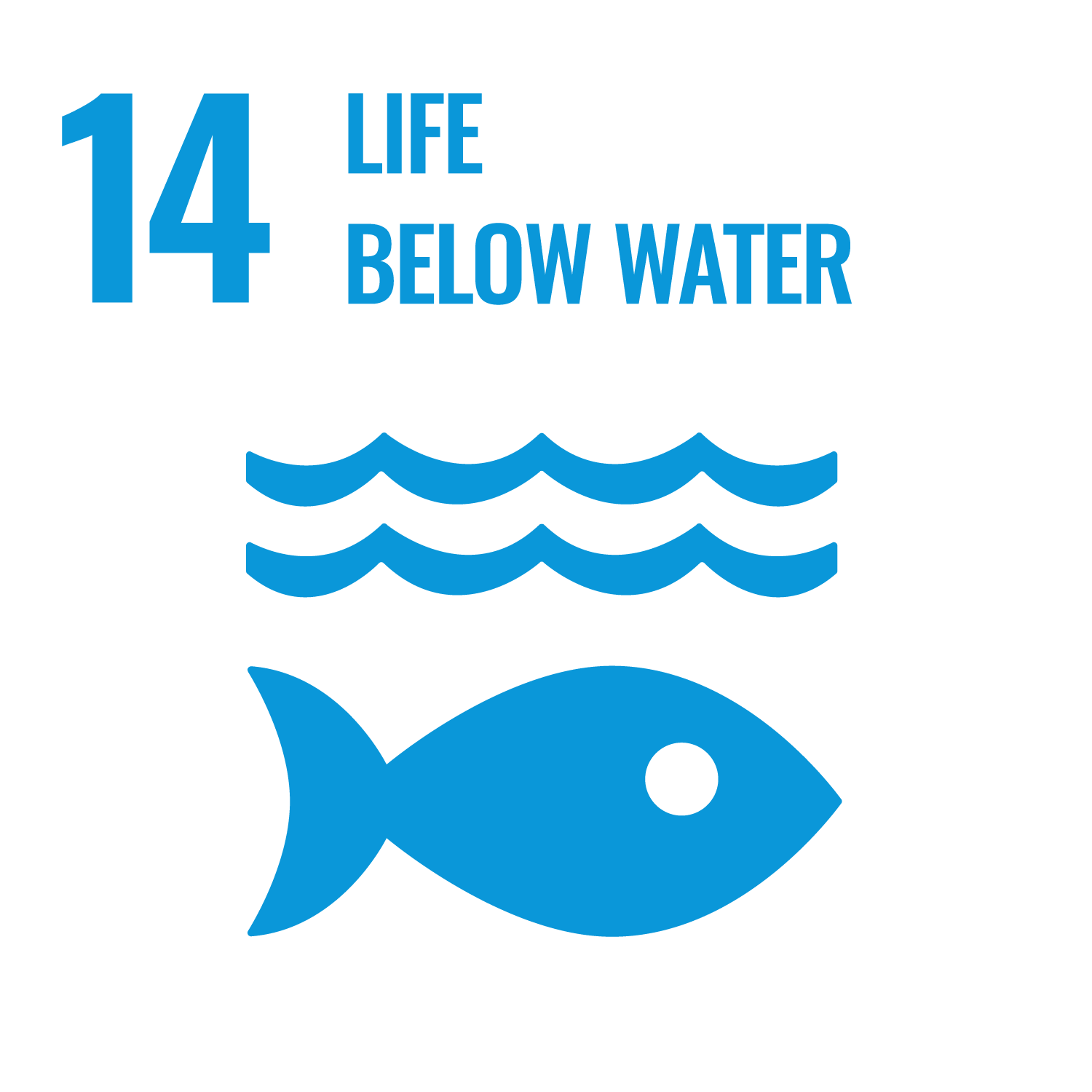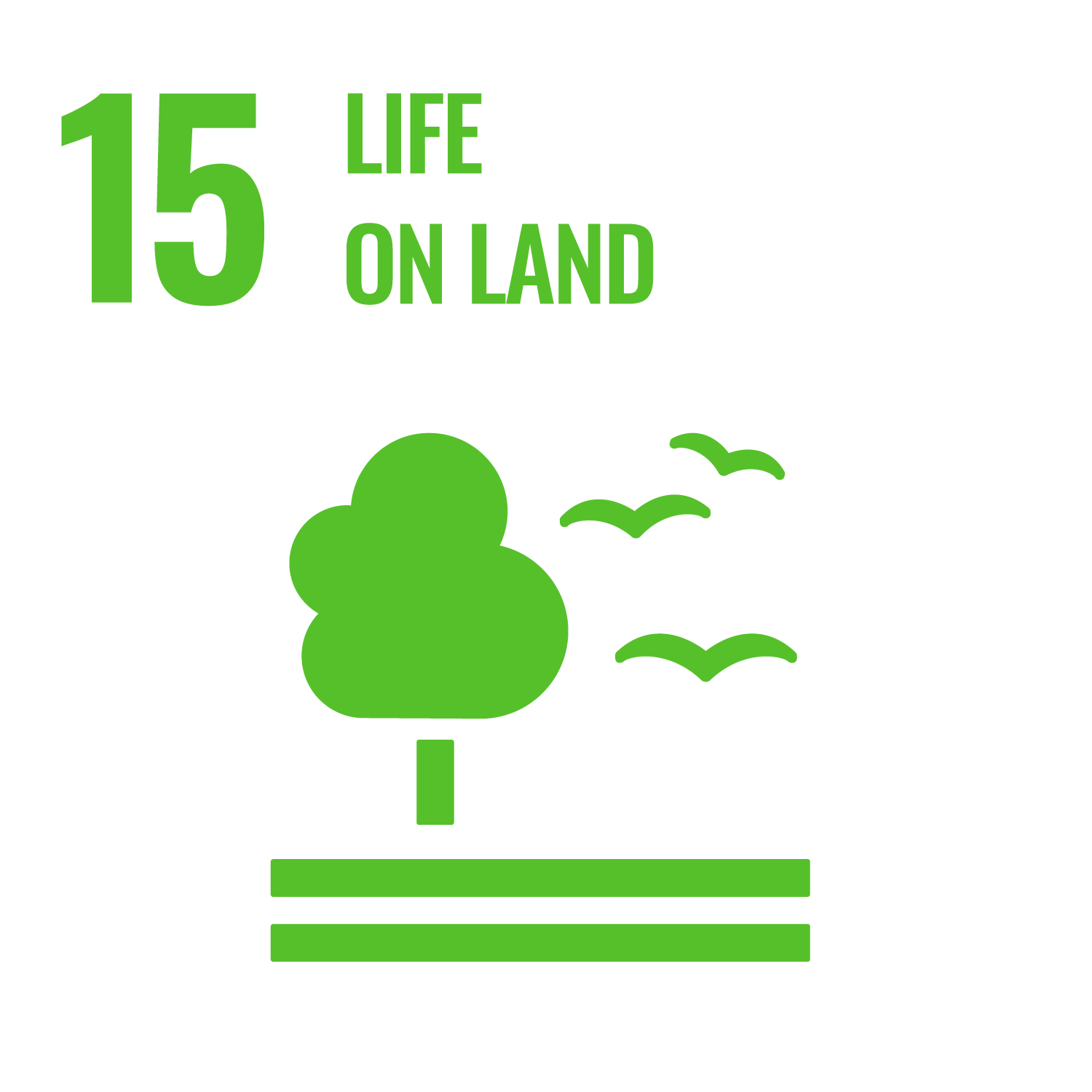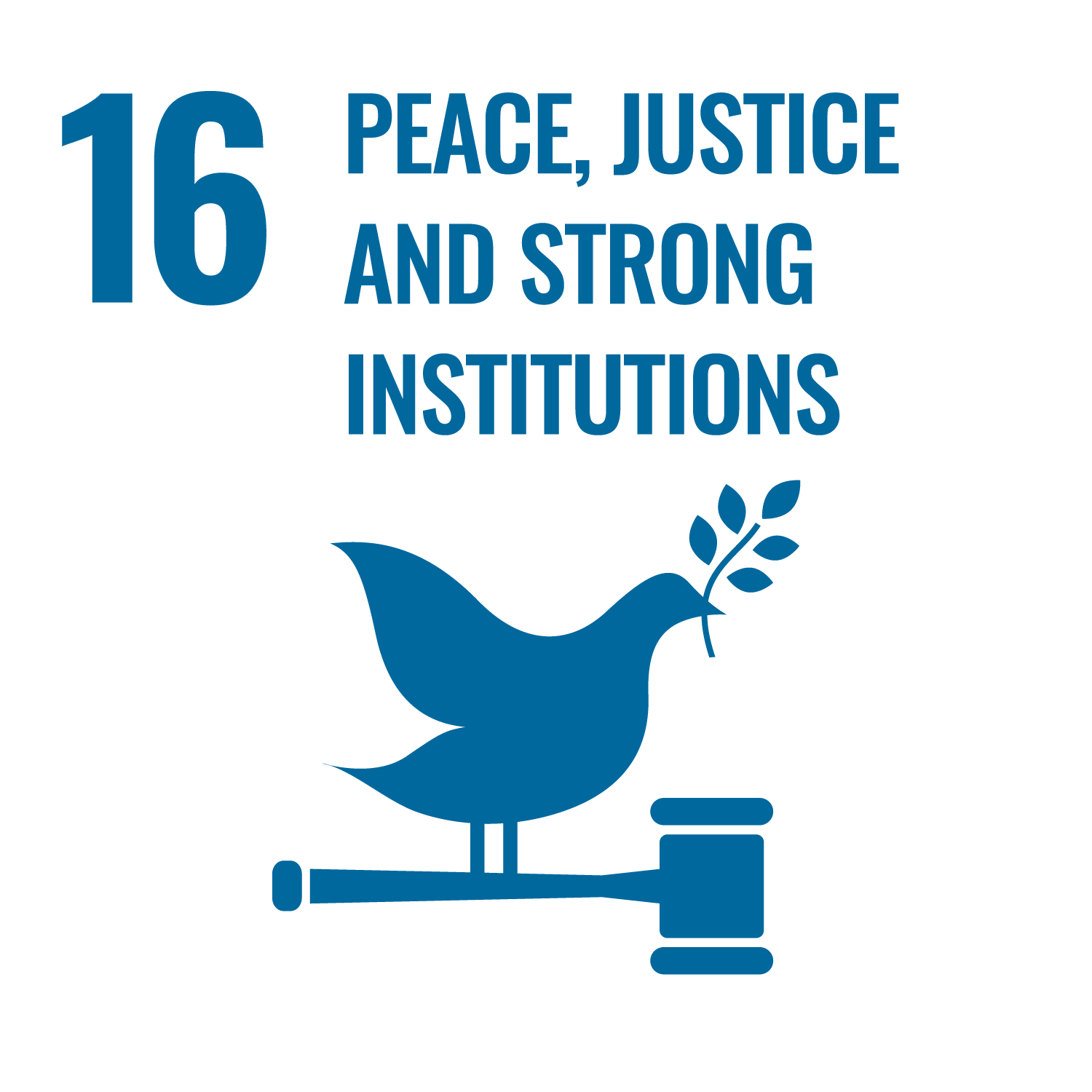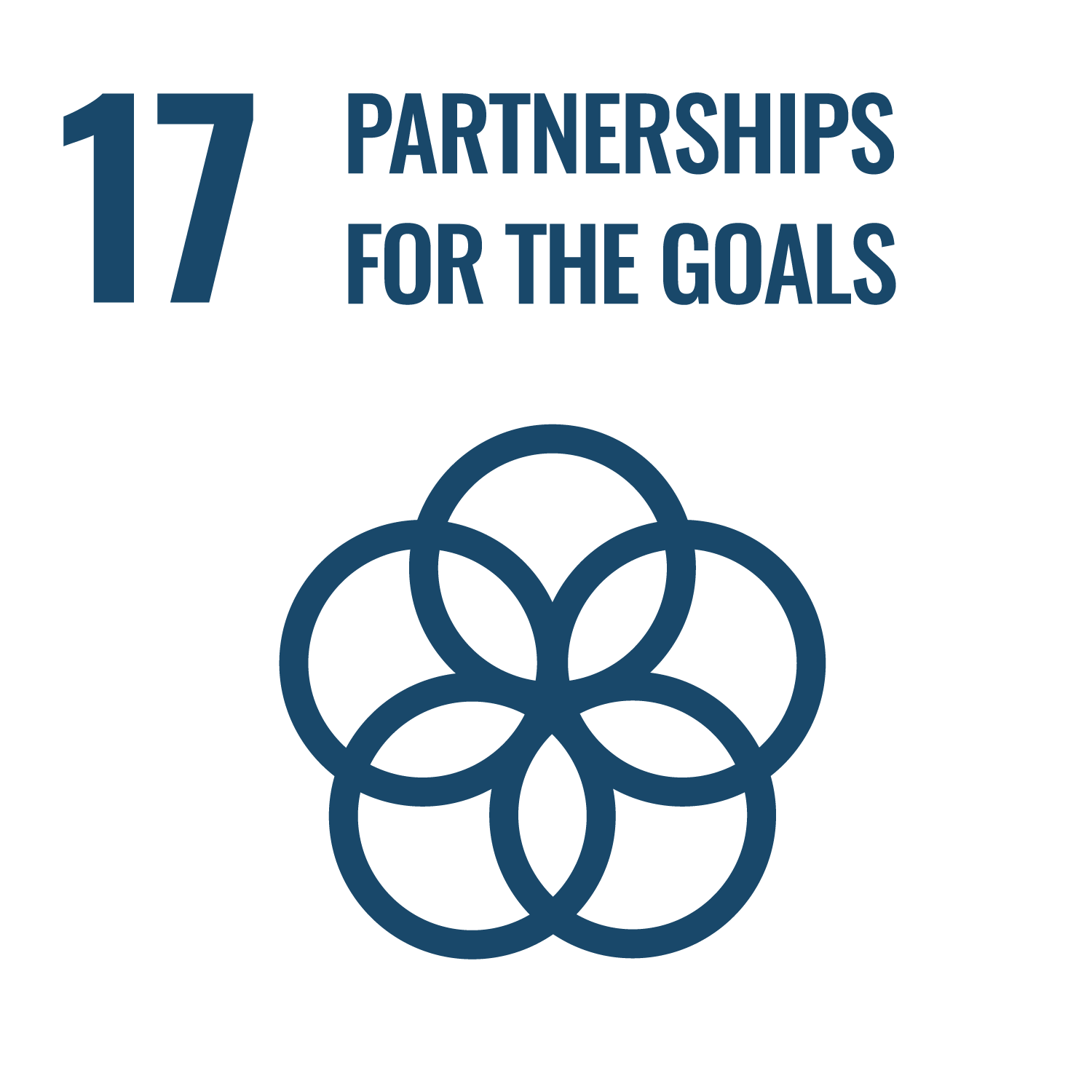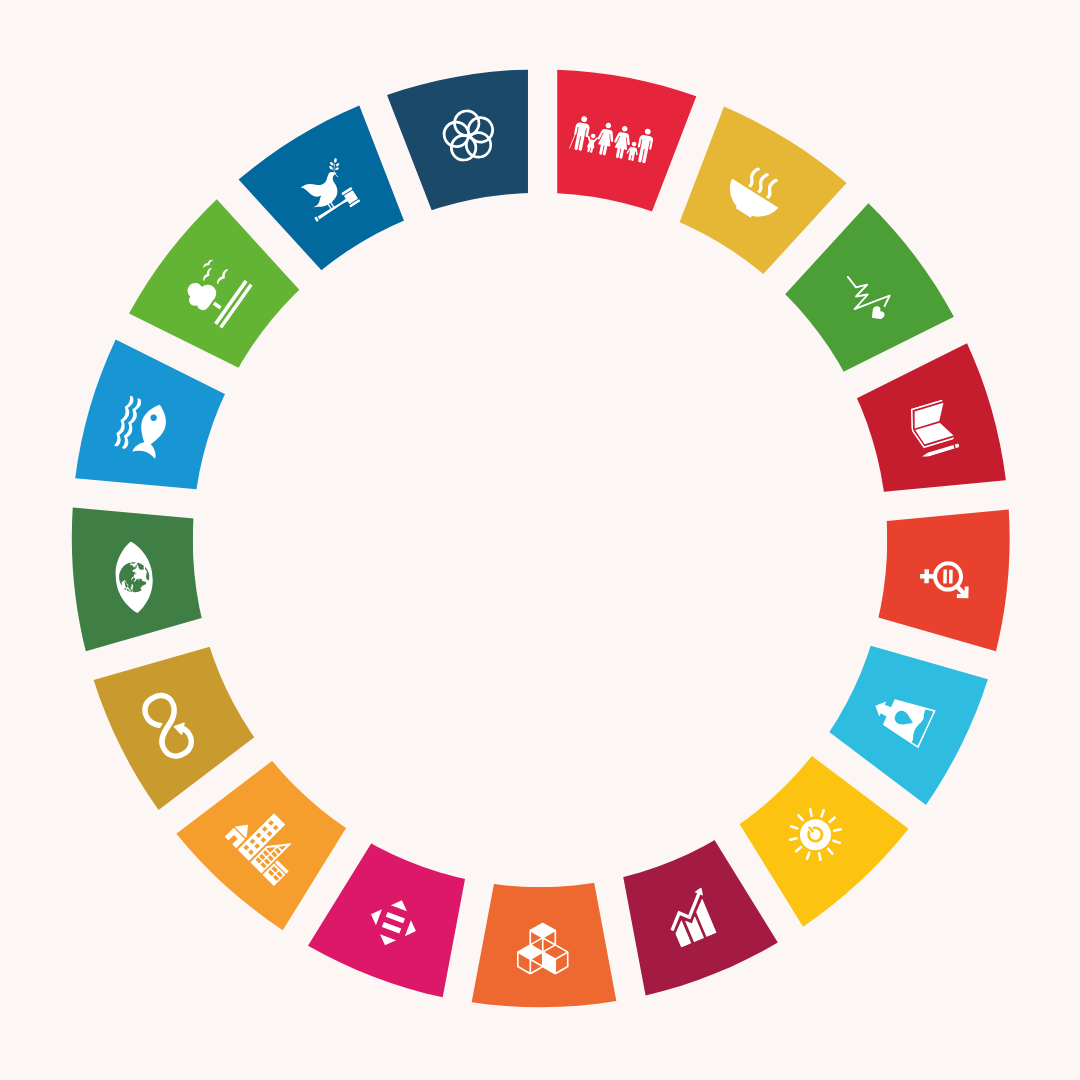
Our Commitment to Achieving the SDGs
At Śūnya Labs, we are deeply committed to advancing the United Nations Sustainable Development Goals (SDGs) through technology, innovation, and purposeful projects. We view sustainable development not merely as a goal but as a guiding framework for every initiative we undertake. By aligning our research, projects, and community engagements with the SDGs, we aim to create transformative solutions that address global challenges across sectors like industry, urban resilience, climate action, and societal equity. Each of our projects is designed to create real-world impact, addressing specific SDG targets. Whether we’re developing high-performance computing solutions, pioneering advancements in autonomous systems, or enhancing urban transportation through data analytics, we ensure every solution is sustainable, efficient, and mindful of its potential societal and environmental impact. Leveraging cutting-edge technologies such as AI, IoT, data analytics, and blockchain, we foster resilience and efficiency in sectors ranging from smart cities to environmental conservation.
Collaboration lies at the heart of sustainable development. We actively seek partnerships with like-minded organizations, research bodies, and public institutions to amplify our impact and drive collective progress toward the SDGs. Through these collaborations, we share knowledge, resources, and expertise to build a more sustainable and equitable future. Partnerships with government agencies, NGOs, and industry leaders enable us to work across disciplines, creating innovative solutions that address the interconnected nature of the SDGs. Looking to the future, Śūnya Labs invites partners, supporters, and innovators to join us in our SDG commitment. Together, we can harness the power of technology to create a world that is not only more advanced but also more inclusive, sustainable, and resilient. By supporting SDG-focused initiatives, we aim to leave a lasting, positive impact that will benefit both current and future generations.
Our SDG-Aligned Projects
Project Title: RISC-V Based Hardware Accelerator for Anomaly Detection in Autonomous Security Systems
Funding Agency: Ministry of Electronics & Information Technology (MeitY), Government of India
Total Fund: ₹8,600,000
Overview: This project is developing a VLSI semiconductor component and software framework aimed at enabling real-time anomaly detection in security systems. By focusing on autonomous security solutions, it contributes to the foundational infrastructure for safe and resilient cities, while also advancing India’s capabilities in semiconductor innovation.
| SDG | Project Impact | SDG Guidelines |
|---|---|---|
| SDG 9: Industry, Innovation, and Infrastructure | This project fosters innovation in technology by developing a critical VLSI semiconductor component for local design and manufacturing. This hardware innovation supports sustainable industrialization. | Target 9.4: “Upgrade infrastructure and retrofit industries to make them sustainable.” |
| SDG 11: Sustainable Cities and Communities | Enhanced public safety through video analysis systems contributes to urban resilience by ensuring safer and more resilient communities. By leveraging advanced VLSI technology for real-time video analysis, the project not only addresses immediate security concerns but also contributes to the broader goal of developing inclusive, safe, and sustainable transport systems for all. | Target 11.2: The technology indirectly supports safe urban environments, contributing to overall accessibility and security for citizens. |
| SDG 16: Peace, Justice, and Strong Institutions | Focus on autonomous security systems aligns with efforts to enhance community safety and reduce crime. Real-time anomaly detection helps mitigate potential crime and violence. | Target 16.1: “Reduce all forms of violence and related death rates everywhere.” |
| SDG 17: Partnerships for the Goals | Collaboration with various academic and governmental bodies exemplifies partnerships required for sustainable development. | Target 17.6: "Knowledge sharing and cooperation for access to science, technology and innovation" |
| SDG 4: Quality Education | Provides a platform for academic research, engaging students in leading-edge technologies and skill development. | Target 4.4: “Increase the number of youth and adults with relevant skills.” |
| SDG 8: Decent Work and Economic Growth | Technology development stimulates job growth in R&D and manufacturing, driving economic diversification. | Target 8.2: "Achieve higher levels of economic productivity through diversification, technological upgrading, and innovation." |
Project Title: Idukki Dam Break Flood Mapping and Marking of Evacuation Points Downstream
Funding Agency: Interstate Water Cell, Water Resource Department, Kerala State
Total Fund: ₹1,386,500
Overview: The project aims to map flood scenarios in case of a dam break at Idukki Dam, using advanced GIS software. This effort includes marking critical evacuation points downstream to ensure community safety and mitigate risks associated with natural disasters. The project will create a cloud-based flood animation platform for public awareness and emergency response.
| SDG | Project Impact | SDG Guidelines |
|---|---|---|
| SDG 11: Sustainable Cities and Communities | The project’s focus on flood mapping and evacuation planning enhances community resilience and safety. The project’s mapping ensures improved preparedness for flood events, aiming to minimize casualties. | Target 11.5: “By 2030, significantly reduce the number of deaths and people affected by disasters.” |
| SDG 13: Climate Action | Addresses the increased frequency of extreme weather events by planning for flood scenarios, a proactive approach to disaster response. This project’s flood mapping enhances preparedness for climate-related impacts. | Target 13.1: “Strengthen resilience and adaptive capacity to climate-related hazards and natural disasters.” |
| SDG 3: Good Health and Well-Being | The project aims to save lives by identifying evacuation points, contributing to public health during disasters. | Target 3.1: Ensuring safe evacuation routes helps maintain health outcomes by protecting people from disaster risks. |
| SDG 9: Industry, Innovation, and Infrastructure | Utilizes advanced GIS and cloud technologies to enhance infrastructure planning and response strategies. This project exemplifies resilient infrastructure development through advanced mapping tools for disaster management. | Target 9.1: “Develop resilient infrastructure.” |
| SDG 17: Partnerships for the Goals | The project involves collaboration between government and academia, strengthening multi-stakeholder partnerships. | Target 17.16: "Knowledge sharing and cooperation for access to science, technology and innovation." |
